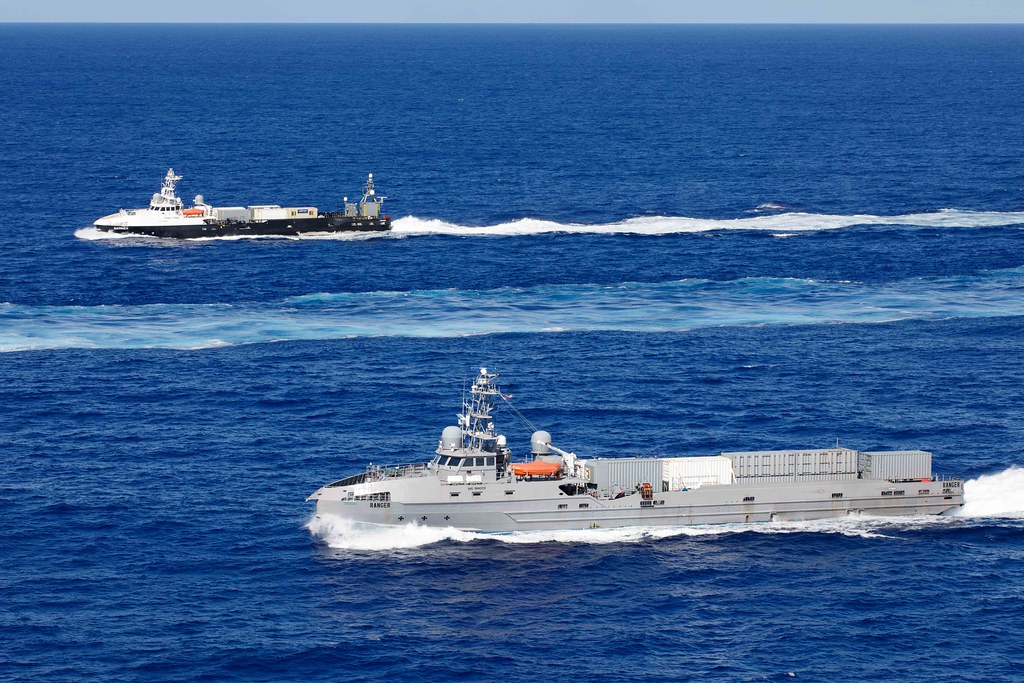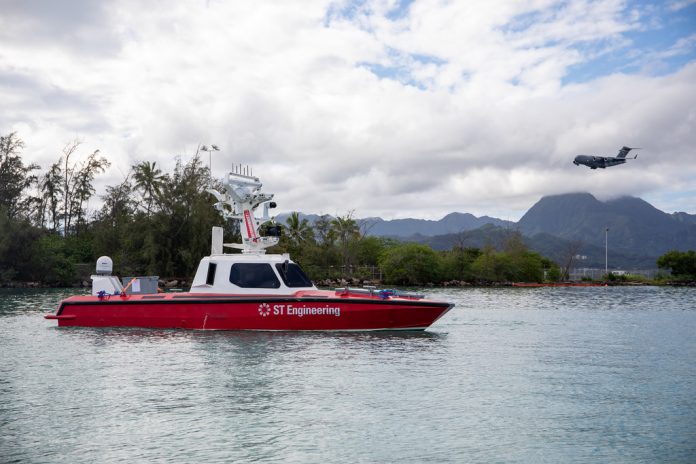
The U.S. Navy has officially introduced a pioneering squadron devoted to unmanned surface vessels (USVs), expanding the frontier of maritime warfare.

During an inaugural ceremony at Naval Base San Diego, the Navy’s newest addition to its fleet, Unmanned Surface Vessel Squadron 3 (USVRON Three), was unveiled, signaling a significant shift towards the integration of autonomous technology in naval operations.

Capt. Derek Rader, the first commanding officer of USVRON Three, highlighted the crucial role of the squadron’s sailors in the adoption and advancement of unmanned surface vessels within the Navy and joint operational framework.

The squadron’s mission is steeped in experimentation with fleet testing and the crafting of doctrines driven by the operators present at the ceremony,

who, according to Rader, will “embody and execute the warfighting that we need to achieve to enable the full potential of unmanned systems.”

USVRON Three, which will be supervising a variety of small surface drones known as “global autonomous reconnaissance craft,” represents a strategic move to enhance the capabilities of the Navy’s manned fleet.

The squadron is also set to integrate the Navy’s newest rating for robotics warfare, with sailors tasked with operating and maintaining the 16-foot sea drones.

Commodore Shea Thompson, commander of Surface Development Group 1 and the immediate superior command of the squadron, remarked on the unprecedented opportunity the unit faces, with no existing limits in their domain.

“There are currently no boundaries, and we have an incredible opportunity to determine what right looks like within our sphere of influence,” Thompson stated.

Vice Adm. Brendan McLane, the head of Naval Surface Forces, further elucidated the significance of the squadron in overcoming the “challenging obstacles” that accompany the integration of unmanned vessels.

McLane indicated the Navy’s commitment by placing these advanced systems “in the hands of 400 of our most talented warfighters to help integrate, scale, experiment, and employ these systems.”

The formation of USVRON Three emerges alongside other military technological advancements.

Vice Admiral Johnny Wolfe, director of Strategic Systems Programs, recently discussed the enhancement of Virginia-class attack submarines for the deployment of nuclear-armed sea-launched cruise missiles before a Senate Armed Services subcommittee.

Wolfe underscored the importance of a careful balance between the cost, deterrence value, and risk to existing programs and the Joint Force,

emphasizing that “executing this program successfully will require careful balancing of SLCM-N programmatic manning with ongoing Navy programs.”
Relevant articles:
– Prayer Updates – The Presidential Prayer Team, The Presidential Prayer Team
– Meet the Navy’s newest sea drone squadron, Navy Times
– Vice Admiral Johnny Wolfe, Director, Strategic Systems Programs – The Presidential Prayer Team, The Presidential Prayer Team

